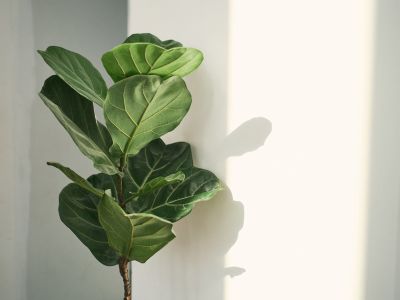What are Fig Nematodes and What Do They Do?
Nematodes are microscopic roundworms that live in the soil and feed on the roots of plants. While some nematodes are actually beneficial, there are many that damage or even kill the plants they infest. There are several species of nematode that can infest fig roots, including dagger nematodes, lesion nematodes, and ring nematodes. By far the most common and the most dangerous, however, are root knot nematodes.
Fig Root Knot Nematode Symptoms
Root knot nematodes on fig trees live up to their name– they often show themselves with bumps or “knots” on the roots of the tree. Aboveground, the tree has a generally stunted and unhealthy look. It can be hard to diagnose the presence of root knot nematodes by sight alone, since the symptoms could mean any number of diseases. In order to know for sure, you should take a sample of your soil and send it away for diagnostics. As the nematode infestation gets worse, it will create more bumps and galls on the roots. These galls inhibit the tree’s ability to take up nutrients and will eventually lead to the tree’s death.
How to Control Root Knot Nematodes on Fig Trees
There is no real cure for figs with root knot nematodes. Once an infestation takes hold, the best course of action is to fertilize vigorously. This will encourage root growth and hopefully give the tree enough uninfected roots with which to take in nutrients. Even this is just delaying the inevitable, however. Prevention is the only real solution. Before planting, have your soil tested for root knot nematodes. Ideally, you should plant in a spot that is completely free of them. If you simply have to use a site that is infested, you can fumigate the soil before planting to lessen the infestation. Don’t fumigate soil you have already planted in, as it will likely kill the tree.
